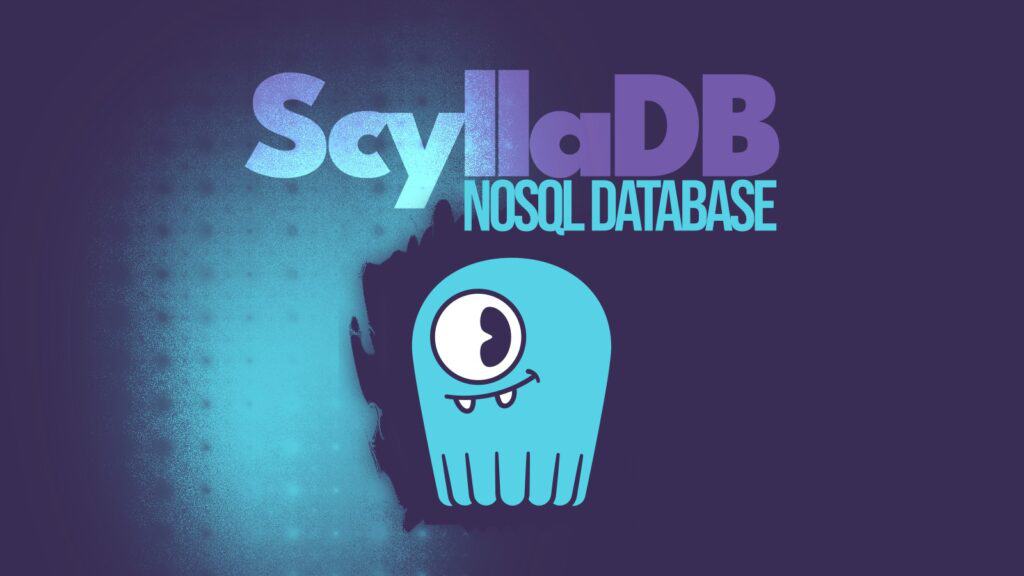ScyllaDB, a high-performance NoSQL database built around a unique shard-per-core architecture that helps deliver extremely low latency and high throughput, has unveiled a major licensing change.
In a recent announcement, ScyllaDB revealed that it will focus on a single release stream—ScyllaDB Enterprise—starting with the upcoming ScyllaDB Enterprise 2025.1 release, expected in February 2025.
This marks a departure from the company’s previous practice of maintaining separate open source (OSS) and enterprise editions. Effective with this change:
- Enterprise Becomes Source Available
In a bold shift, ScyllaDB Enterprise will transition from a closed source model to “source available,” meaning users can view and review much of its core code. This approach preserves transparency while still protecting intellectual property rights. - Final OSS Release
The long-standing open-source version, ScyllaDB OSS AGPL 6.2, will remain the final OSS AGPL release in the project’s history. Going forward, the community’s free tier of ScyllaDB will align with the new enterprise codebase, giving everyone access to the full-featured enterprise product at no cost for smaller-scale deployments. - Updated License for Older Enterprise Releases
To make life easier for existing users, ScyllaDB Enterprise 2024.2 will also adopt the new source available license starting with its next path release in December 2024. - Manager, Kubernetes Operator, and More
The Scylla Manager tool, which simplifies database operations such as backup/restore and repair, will move to an AGPL license, while the previously closed source multi-region Kubernetes operator is being integrated into ScyllaDB’s main Apache-licensed Kubernetes operator. Other ScyllaDB projects, including Seastar, remain under their existing licenses.
According to ScyllaDB’s team, balancing two separate release streams for many years generated an ever-increasing workload. Maintaining both the free open source branch and the closed source enterprise edition demanded repeated decisions on which features to open source, how to differentiate offerings, and how to handle different support cycles.
Moreover, ScyllaDB’s developers have been virtually the sole contributors to the core database engine all along, given its sophisticated C++ “shard-per-core” approach.
While community feedback has always proven valuable, the level of external contribution to the database core never took off in a way that balanced the cost of open-sourcing everything.
Essentially, this means the OSS release functioned more like a “source-available” solution in practice without bringing in the level of outside input the team had hoped for.
Although some traditional OSS users might feel disappointed by the removal of a purely open-source alternative for new versions, ScyllaDB believes the new model actually benefits the broader community.
For one, the free tier of ScyllaDB Enterprise remains robust and fully featured, granting access to all enhancements that were once locked behind an enterprise paywall.
In addition, the unified codebase helps accelerate development, thereby delivering updates and breakthroughs to users more quickly. Some key advancements expected in the new Enterprise offering include:
- Higher Throughput and Lower Latency
Profile-guided optimizations that can deliver up to 50% higher throughput and 33% lower latency. - Faster Scaling
File-based streaming cuts node addition or removal time by a factor of 30, making cluster scaling and adjustments way simpler. - Workload Prioritization
Advanced scheduling for different workload demands on a single cluster, ensuring efficient resource usage and cost savings. - Improved Compression
ZSTD-based compression, complete with a shard-level dictionary, reduces network overhead, especially for intra-node communication. - Enhanced Compaction Strategy
A new incremental compaction strategy balances the advantages of the Leveled and Size-tiered approaches, reportedly saving up to 35% in storage space. - Security and Manageability
Encryption at rest, LDAP integration, and other formerly enterprise-only perks remain available for all. - Longer Life Cycles
Users can enjoy a more stable and extended support window for each release.
For Kubernetes users, consolidating the closed source multi-region operator into the main Apache-licensed operator simplifies deployment in containerized and multi-region environments—a welcome improvement for DevOps teams.
Ultimately, while the decision to unify the release streams did not come lightly, ScyllaDB believes it will empower the organization to respond faster to changing user needs.
As February 2025 approaches, developers, database administrators, and enterprise customers alike will be watching with great anticipation to see how this new “source available” era unfolds.
For more information, see the official announcement.
